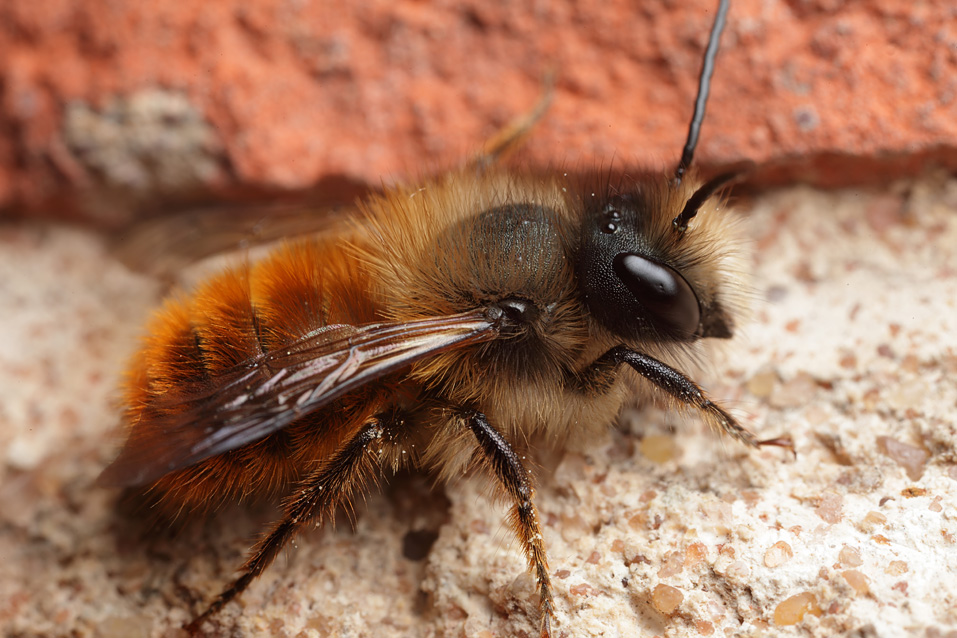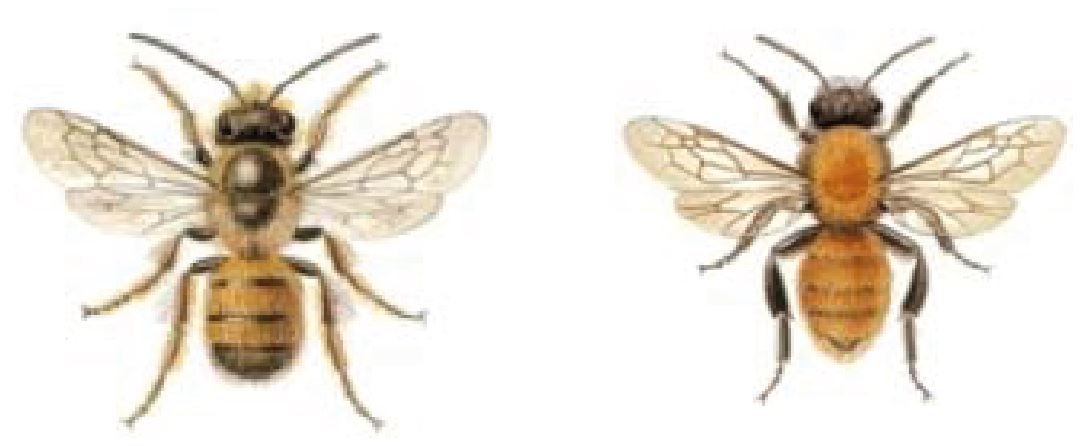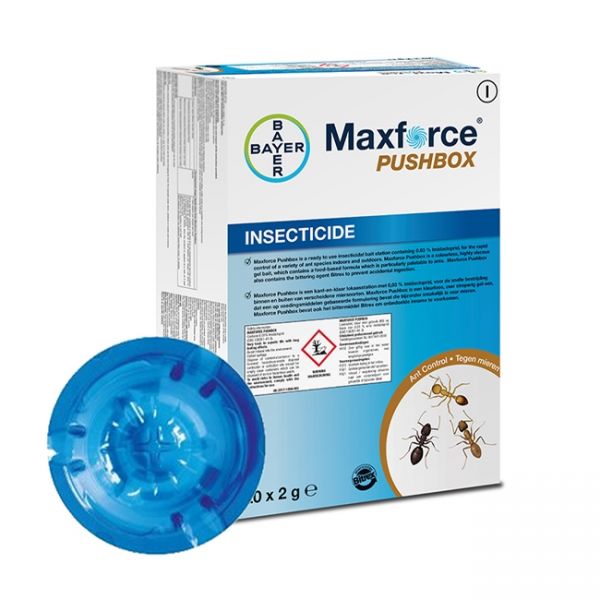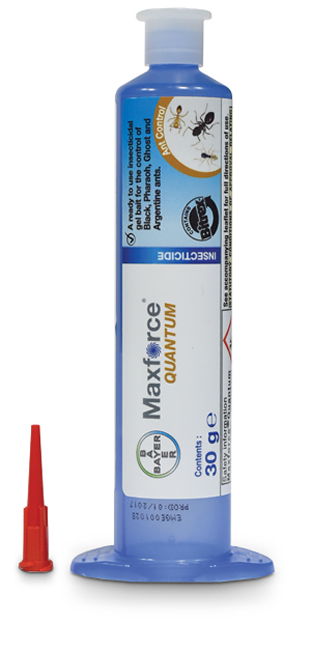Solitary Bees (Osmia rufa) (Andrena fulva)
Solitary Bees (Osmia rufa) (Andrena fulva)
 |
 |
Identification:
Britain has 227 species of solitary bee, compared to one species of honeybee. Many solitary bees look like honeybees in shape and colour but are usually smaller. Many properties are affected by Mining or Masonry Bees.
Biology:
Mason Bee: A single female will tunnel into soft mortar or sandstone to lay her eggs in 6 or so small chambers she builds off the tunnel. Each chamber is packed with food then sealed. Once complete the adults die off. 2 broods are produced each year - in April and July. As these bees do dig into soft building materials, their presence is indicative of a structural problem - it is probable that soft mortar needs raking out and repointing - a job for a builder.
Mining Bee: These bees generally nest in the ground, often in paths or lawns, and some of the lawn nesting species nest communally. The entrance to their burrows is often marked by a small mound of excavated soil.
Control:
Solitary bees are beneficial insects and do not sting. Furthermore, the spraying of insecticide is generally unsuccessful as: the bees are only found in sunny elevations and insecticides break down with UV light and the eggs etc are protected from the insecticide as they are sealed into their chambers. Masonry bee activity can be discouraged by re-pointing areas of damaged mortar on walls and chimneys. Mining bee activity can be discouraged by watering and raking over the ground where their holes are evident.
**Products to control Solitary Bees:
|
Imidasect Ant Gel (35g tube) |
Maxforce Pushbox (20 x 2g) |
Maxforce Quantum Gel (30g tube) |



